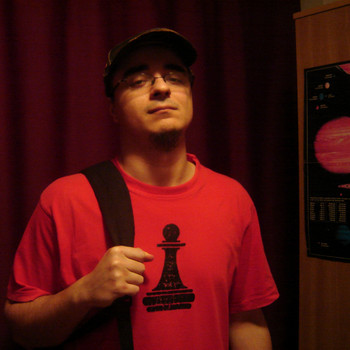What is the hybridization of NH3?
1 Answer
Ammonia (
First, start with
 )
)
As you can see, all the valence electrons are indeed accounted for - 2 for each covalent bond between nitrogen and hydrogen, and 2 from the lone pair present on the nitrogen atom.
Now, here is where it gets interesting. Nitrogen's energy levels look like this
 )
)
Looking at this energy diagram, one could see that each of the three p-orbitals is available for bonding, so why would the atom need to be hybridized? Here's where stability and geometry come into play.
If the three hydrogen atoms would bond with nitrogen using the available p-orbitals, the bond angles would be
Moreover, the hybrid orbitals would ensure the formation of a stronger bond with the hydrogen atoms, since hybrid orbitals formed from s and p-orbitals have a greater electron density on one side of the lobe - the side that bonds with the hydrogen atom.
 )
)
Molecule stability also come into play, since the
So, in order to determine hybridization, you must determine the central atom's steric number, which represents the number of electron-rich regions around the atom.
Since it forms 3 covalent bonds and has 1 lone pair, nitrogen's steric number will be equal to 4, which implies that one s and three p-orbitals will combine for a total of 4 hybridized orbitals.
Here's a video on this subject:

